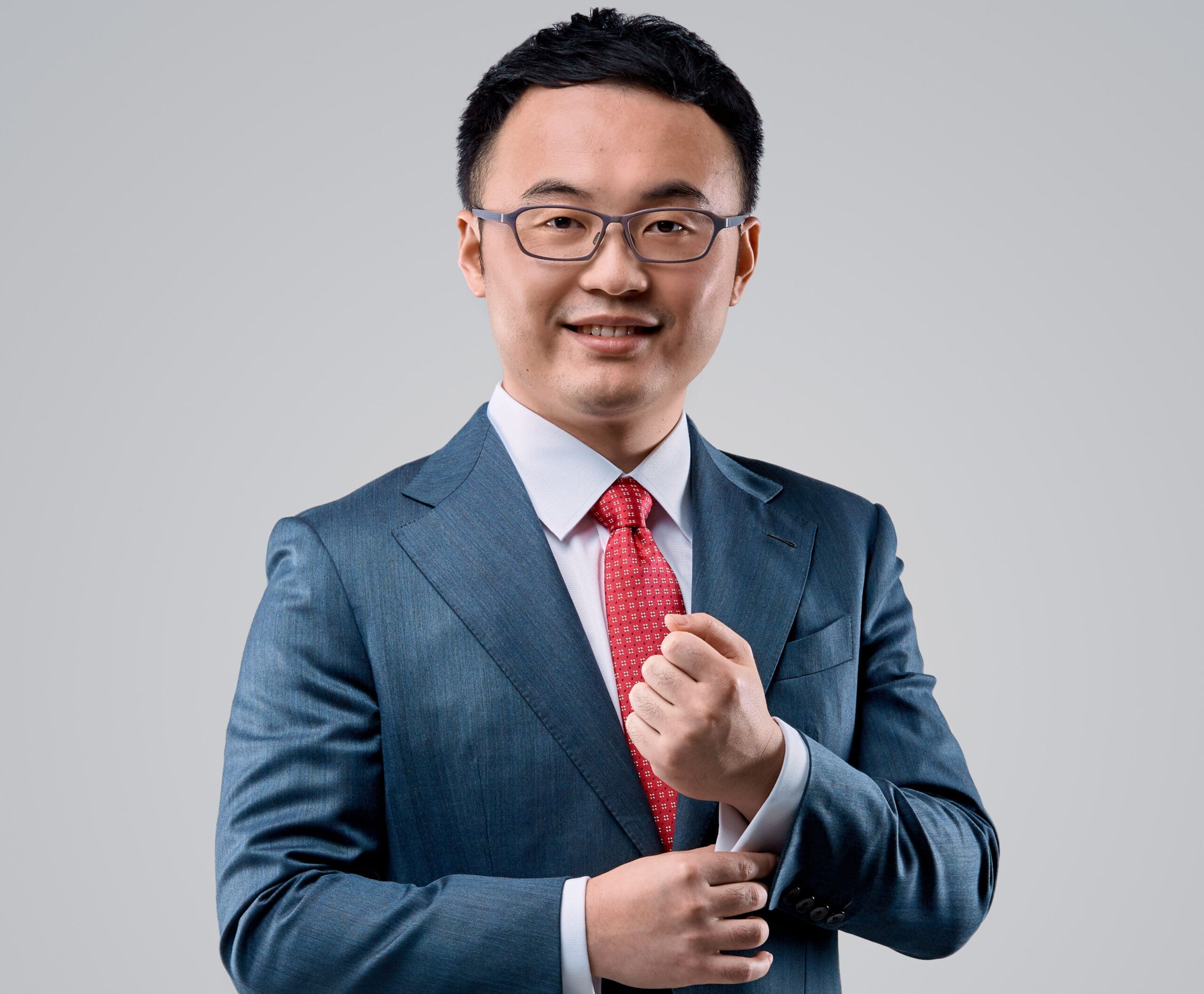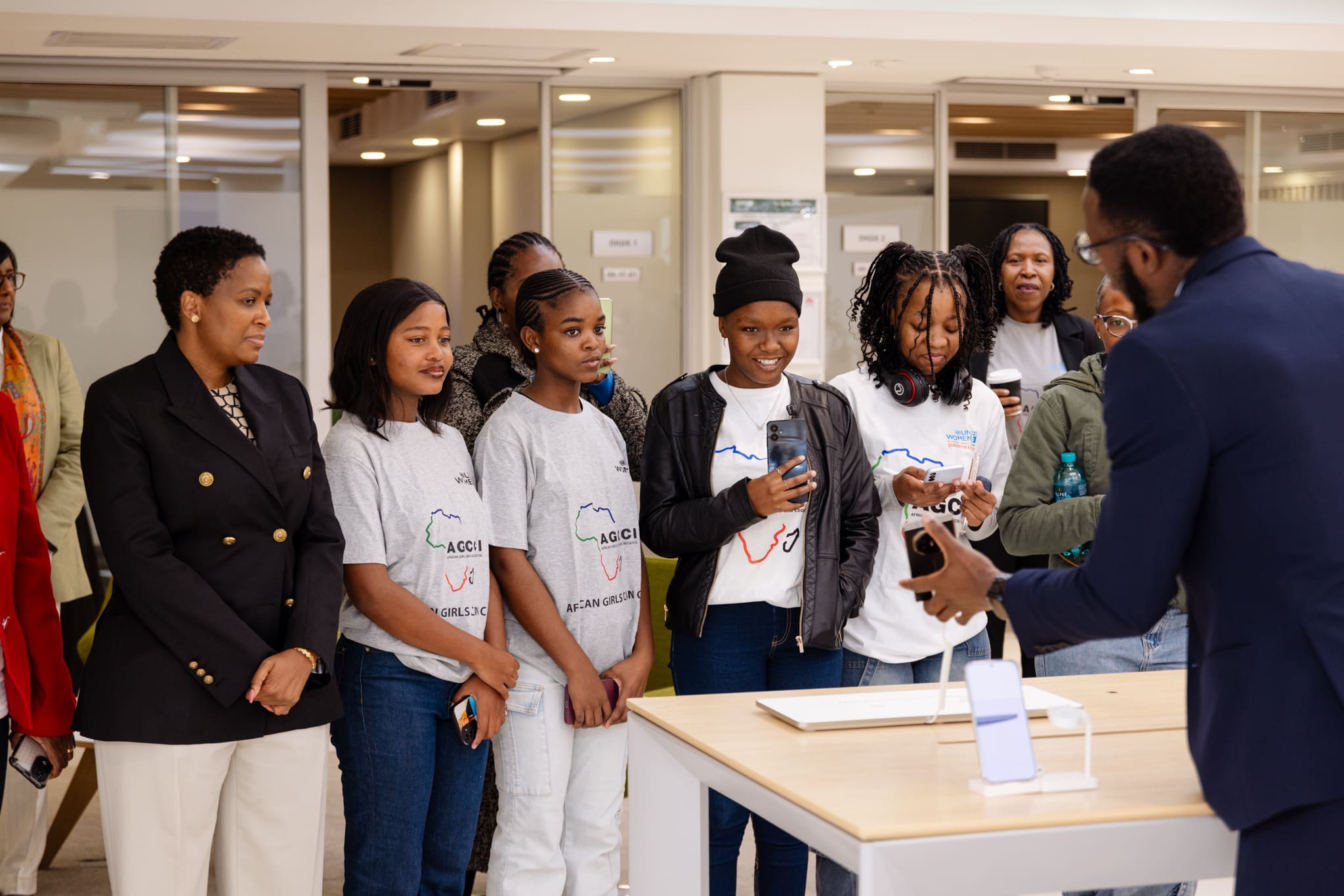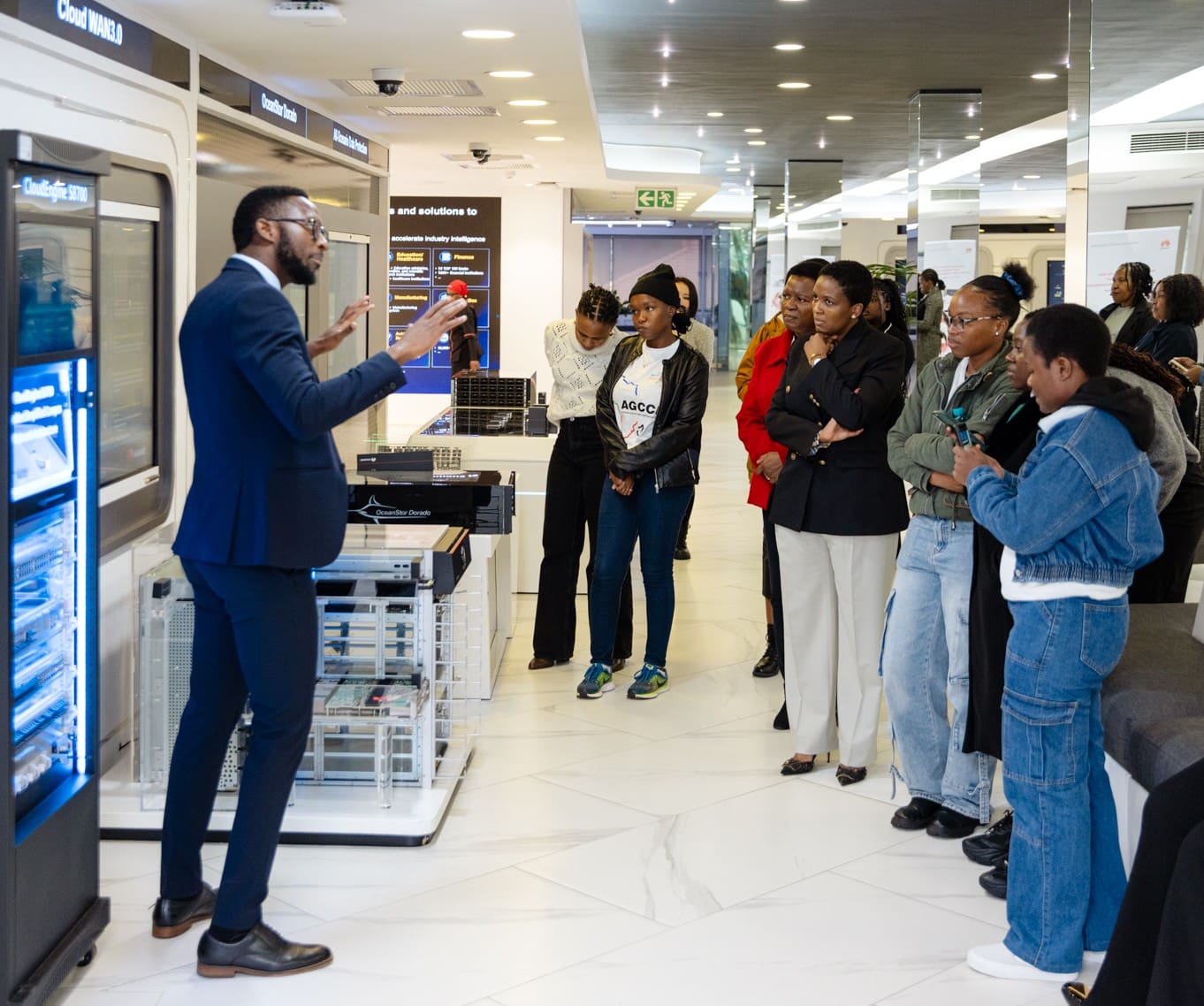South Africa’s Youth Day is a powerful reminder that progress doesn’t rely on memory alone, it depends on how we equip the next generation to shape what comes next. While the past was defined by the fight for equal education, today’s challenges centre on access, opportunity, and agency in a world increasingly shaped by technology.
Young South Africans are brimming with potential, yet too many still face systemic barriers to participation. With youth unemployment among the highest in the world, the idea of freedom has an opportunity to evolve to include the ability to create, solve problems, and build industries of the future.

The creator economy and the jobs of tomorrow
Globally, the nature of work is changing. More people now earn a living through content, platforms, and technology-enabled services. From app developers and video editors to drone pilots and coders, the rise of the creator economy is unlocking new income streams and reshaping traditional job models. What was once a side hustle is now, for many, a sustainable career.
South African creators are part of this shift. Many are already building businesses and communities on digital platforms. The question that remains however is, do enough of them have access to the infrastructure, tools, and support systems needed to fully participate in this new economy?
The answer makes investment in innovation ecosystems essential, especially in research, development, and platform-building. These are the foundations of meaningful, long-term job creation.

R&D as a pathway to freedom
One of the clearest signs of a country’s commitment to the future is how it invests in innovation. Building resilient ecosystems means looking beyond short-term gains to prioritise infrastructure, partnerships, and platforms that allow ideas to take root and scale.
At Huawei, I’ve seen how sustained investment in research and development (R&D) builds long-term resilience. In 2024, more than 20% of our annual revenue was allocated to R&D, an investment that supports an ecosystem of over 7.8 million developers across Huawei’s global cloud and computing platforms, as well as a growing suite of intelligent tools designed to scale innovation where it’s needed most.
From developing large-scale models like Pangu 5.0, already deployed across 400+ industry scenarios, to advancing 5G, energy-efficient data centres, and low-carbon ICT infrastructure, innovation is embedded in how we move forward.
This is the kind of infrastructure that creates space for software engineers in Cape Town to contribute to global AI models, for hardware designers in Gauteng to access cloud-native tools, and for digital entrepreneurs in Limpopo to scale their ideas with the bandwidth and compute power they need.
Access is the foundation of youth opportunity
Across Africa, millions of people still face barriers to participating in the digital economy, whether through limited connectivity, unaffordable devices, or a lack of tools to build and learn.
Huawei’s efforts to connect more than 120 million people in remote areas across over 80 countries, including projects in Muchila, Zambia, reflect a broader commitment to digital inclusion. Initiatives like RuralStar, which delivers mobile connectivity to off-grid communities, and affordable cloud services for schools and clinics, are helping lay the foundation for what economic freedom looks like today.
However, connectivity is only the beginning. Impact depends on pairing access with local infrastructure, skills development, and platforms that empower people to create. That’s why Huawei supports open developer ecosystems, regional partnerships, and digital literacy programmes tailored to local needs and potential.
In South Africa, where many young people are ready to participate but are often excluded by cost or geography, this kind of infrastructure is not a luxury, it is a necessity.
What this means for South Africa
Youth Day offers an opportunity to honour the past while focusing on how we prepare the next generation to lead.
That leadership is already emerging, from the founder of Spaza Eats, originally from Limpopo, who built a township-focused food delivery app, to the developers behind Guardian Health, which offers on-demand access to health services through a locally designed platform. These real examples, both featured on Huawei AppGallery, sit alongside some aspirational ones that are yet to unfold such as content creators building global audiences, or young designers aspiring to launch online studios working from their smartphones.
These are not future dreams, but current realities, driven by access, creativity, and digital participation, that will only grow if the innovation ecosystem is inclusive, well-funded, and globally connected.
Building the future through collaboration

South Africa has no shortage of talent. Across the country, young creators and entrepreneurs are already building the future. What they need are platforms, tools, and partnerships to scale their ideas and unlock greater impact. Collaboration between business, government, and educational institutions is essential to building the kind of innovation ecosystem that supports inclusive growth and long-term opportunity.
- Charles Cheng, Deputy CEO Huawei SA
Crédito: Link de origem


